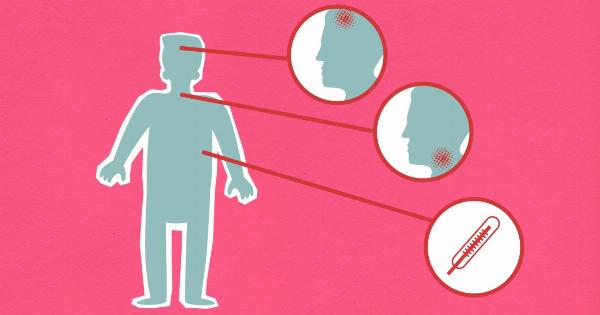In recent years, the mental health community has made significant progress in understanding and treating PTSD (post-traumatic stress disorder) in patients.
However, one of the biggest challenges in treating PTSD has been identifying the condition quickly and accurately in individuals, especially because the symptoms can be very subtle and can take weeks to fully manifest.
Fortunately, modern technology is making it easier than ever to diagnose PTSD in patients, thanks to some groundbreaking new AI tech.
This technology uses advanced machine learning algorithms to analyze various data points in patients’ behavior, speech, and other factors to identify PTSD symptoms with precision and speed.
How the technology works
The AI technology used to diagnose PTSD works by analyzing a wide range of data points in patients.
These may include physiological factors such as heart rate, blood pressure, and breathing patterns, as well as behavioral factors like speech patterns, body language, and other subtle cues. By collecting data on all of these factors, the AI can identify patterns and indicators that suggest the patient is exhibiting symptoms of PTSD.
The technology works by drawing on a database of known symptoms and behaviors associated with PTSD, which has been developed and refined through years of research and clinical observation.
By analyzing a patient’s data in real-time against this database, the AI can provide an accurate assessment of whether the patient is experiencing symptoms of PTSD.
Benefits of the technology
One of the primary benefits of this AI technology is that it can help identify PTSD early on in patients before their symptoms become too severe.
Because PTSD can take time to fully develop and manifest, early detection is essential for ensuring that patients receive the care and support they need to manage their condition effectively.
Beyond early detection, this technology can also help mental health professionals provide more personalized and targeted treatment to patients.
By analyzing specific data points that are unique to each patient, the AI can identify specific triggers, symptoms, and other factors that may be contributing to their PTSD, allowing doctors and clinicians to tailor their treatment approaches accordingly.
Challenges and limitations
While this new AI technology holds great promise for the diagnosis and treatment of PTSD in patients, there are also some challenges and limitations that must be addressed. For example, the technology is only as effective as the data it has to analyze.
This means that the accuracy and effectiveness of the AI can be limited by the quality and quantity of data available.
Another limitation is the potential for bias in the AI’s analysis and diagnosis. Because the algorithms are programmed by humans, they are inherently prone to the same biases and prejudices as the individuals who created them.
This could potentially lead to inaccurate diagnoses or treatment recommendations, particularly for patients with unique or complex cases.
The future of AI in mental health
Despite these challenges, the potential benefits of AI technology for diagnosing and treating mental health conditions like PTSD are enormous.
As AI continues to advance and evolve, mental health professionals will have an increasingly powerful tool at their disposal for providing more accurate, personalized, and effective treatment to their patients.
This technology could also help to address some of the common challenges and limitations associated with traditional mental health treatment methods, such as long wait times, expensive treatments, and limited access to care.
With AI-powered diagnosis and treatment options, mental health could become more accessible, affordable, and effective for individuals around the world.
Conclusion
The development of AI technology for diagnosing and treating PTSD represents a major breakthrough for the mental health community.
By leveraging the latest advancements in machine learning algorithms and big data analysis, mental health professionals can provide more accurate and effective treatment to their patients than ever before. While there are still challenges and limitations to be addressed, the potential benefits of this technology are enormous and will undoubtedly lead to a brighter future for those struggling with PTSD.




























